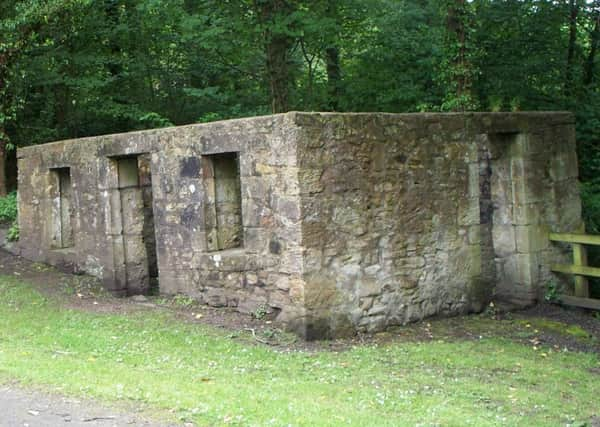James Watt and the ‘Kinneil connection’


The 200th anniversary of his death will be marked in August but before that we will remember the 250th anniversary of the first patent for his invention, the ‘‘Kinneil Engine’’ in 1769 which, of course, leads us to the Falkirk connection. Sadly the article referred to earlier failed to mention Kinneil or indeed Carron Company, preferring to concentrate on Watt’s early experiments in Glasgow. So today in his birthday week I want to put our side of the story.
Watt was born in Greenock on January 19, 1736, and after school served an apprenticeship as a maker of scientific instruments in London. In 1757 he began working in Glasgow University where he had the task of making and repairing models used by the science and engineering professors. One of these was of a Newcomen steam engine, a cumbersome, inefficient machine which was in widespread use in collieries including one installed at Airth as early as 1720. By careful study of the actions of steam Watt developed a new concept, an added condensing chamber, which would make a huge improvement to the efficiency of the engine. By 1765 he had the theory worked out and was ready to attempt a large scale experiment if he could find a financial backer.
Advertisement
Hide AdAdvertisement
Hide AdMeanwhile down at Kinneil House in Bo’ness, Dr John Roebuck, the founder of Carron Iron Works, was facing great difficulties with his local collieries which often flooded making getting at the coal almost impossible. A more powerful and efficient pumping engine was required and his attention was drawn to Watt’s work in Glasgow. He invited the young engineer to come to Kinneil and put up enough money to construct a prototype engine. He also built a small workshop behind Kinneil House and offered the services of the Carron boilermakers and blacksmiths.
Using Watt’s drawings the Carron men cast a cylinder which bears the date 1766 and today is fixed to the wall of the surviving clock tower at Carron. The resulting engine was not very successful because the works did not possess the necessary skills and equipment at the time. Another attempt, though not full-scale, worked well enough to convince both Watt and Roebuck that they were on the right lines and in 1769 the famous patent was taken out. Several of the new machines were installed in the local area including one nicknamed ‘‘Beelzebub’’ at the Burn Pit. However production difficulties at Carron remained and to complicate matters Dr Roebuck was close to bankruptcy.
In 1775 he sold his share in the invention to the engineer Matthew Bolton whose works in Birmingham had the skilled men necessary to complete the job. Watt left Kinneil and Scotland and not long after the company of Boulton and Watt launched the working engine on the world. Productivity increased dramatically and, freed from dependence on water power, industrial towns and cities began to appear throughout the land. The revolution was under way. Unlike his contemporary Robert Burns, Watt went on to enjoy a long life and reap the financial benefits of his genius. He died a famous and very wealthy man in 1819.
The workshop in which much of the experimental work was done still stands though roofless and forlorn. But the memory of the man is not forgotten, especially by the Friends of Kinneil whose annual Watt Supper is a welcome reminder of our district’s contribution to the industrial revolution.